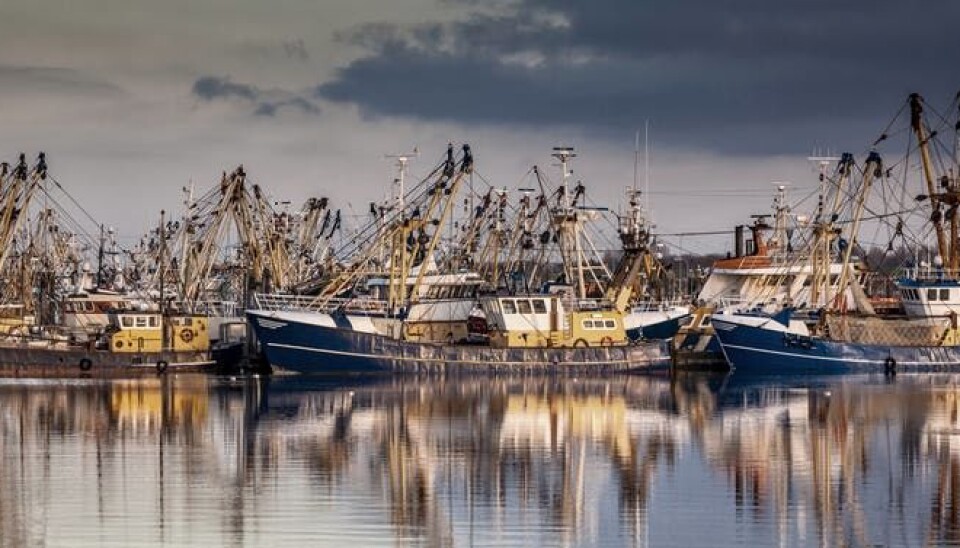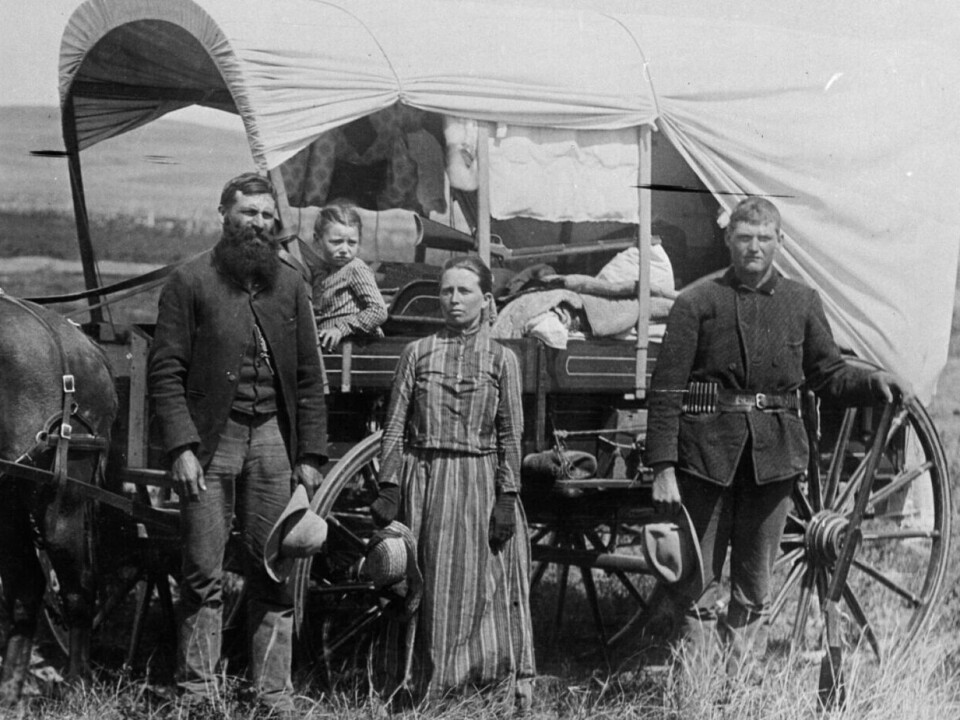
Loss of marine habitats is threatening the global fishing industry – new research
New study reveals the first quantitative global evidence for the significant roles that seagrasses play in supporting fishery productivity.
Seafood consumption is both a love and a necessity for hundreds of millions of people worldwide. And its supply is a key part of maintaining food security for the whole planet. But during a time of rapid population growth and increasing demand, stocks of wild fish and invertebrates (such as mussels and prawns) are declining.
The problem is that policies and plans designed to make sure there are enough fish and invertebrates almost exclusively target fishing activity. But we also need to protect the critical habitats that are essential for the sustainability of these stocks and fisheries.
Most species that are fished require more than a single habitat to live and thrive. Atlantic cod (Gadus morhua), for example, spends its adult life shoaling in deep water where it lives, feeds and spawns. But juveniles require more stable habitat such as seagrass meadows. So, if we want to manage fish and invertebrate stocks for sustainability reasons, it is essential to protect the supporting habitats of targeted species.
Seagrass meadows are just one of these critical habitats. These large areas of marine flowering plants are abundant in shallow seas on all continents except Antarctica. They support biodiversity and in turn the productivity of the worlds fisheries. As seagrass meadows occur from the intertidal – the area exposed by the daily ebb of the tide – to about a depth of 60 metres in clear waters, they are an easily exploitable fishing habitat.

Though it is clear that seagrasses are a vital part of ocean ecosystems, until now, there has been no information on the role that meadows play in supporting the productivity of world fisheries. But we have now published the first quantitative global evidence on the significant roles that seagrasses play.
Habitats and fisheries
Nursery grounds in seagrass meadows are a safer, less exposed, environment for eggs to be laid and young animals to find food and protection from predators as they grow. The very fact that they are there means that there are places for commercial fish stocks such as tiger prawns, conch, Atlantic cod and white spotted spinefoot to be caught by global fisheries. In fact, a fifth of the world’s most landed fish – including Atlantic cod and Walleye pollock – benefit from the persistence of extensive seagrass meadows.
But it is not just large-scale fishing industries that benefit from the presence of seagrass meadows. As they are an easily accessible fishing ground, small scale artisanal and subsistence fisheries around the world also use them.
Seagrass is also essential for communities that take part in gleaning – fishing for invertebrates such as sea cucumbers in water that is shallow enough to walk in. This is often done by women and children, and provides a source of essential protein and income for some of the most vulnerable people in tropical coastal communities. It is a common and increasingly visible activity, but it is not usually included in fishery statistics and rarely considered in resource management strategies.
And the benefits of seagrasses don’t only lie in the meadows themselves, their presence supports nearby fishing areas, as well as deep water habitats. They do this by creating expansive areas rich in fauna, from which there are vast quantities of living material, organic matter and associated animal biomass that supports other fisheries. Seagrasses also promote the health of connected habitats (like coral reefs), and have the capacity to support whole food webs in deep sea fisheries.
The coastal distribution of seagrass means that it is vulnerable to a multitude of threats from both land and sea. These include land runoff, coastal development, boat damage and trawling. On a global scale, seagrass is rapidly declining, and when seagrass is lost associated fisheries and their stocks are likely to become compromised with profound and negative economic consequences.
The importance of seagrass meadows for fisheries productivity and hence food security is not reflected by the policies currently in place. These are urgently needed to continue enjoying the benefits that healthy and productive seagrass meadows provide.
Fisheries management must be broadened from just targeting fishing activity to also targeting the habitats on which fisheries depend. Awareness of the role of seagrass in global fisheries production – and, so, food security – must be central to any policy, and major manageable threats to seagrass, such as declining water quality, must be dealt with.
![]() Seagrass can be a resilient and supportive habitat – but only if we take action to continue to enjoy the benefits it provides.
Seagrass can be a resilient and supportive habitat – but only if we take action to continue to enjoy the benefits it provides.
----------------
This article was originally published on The Conversation. Read the original article.






